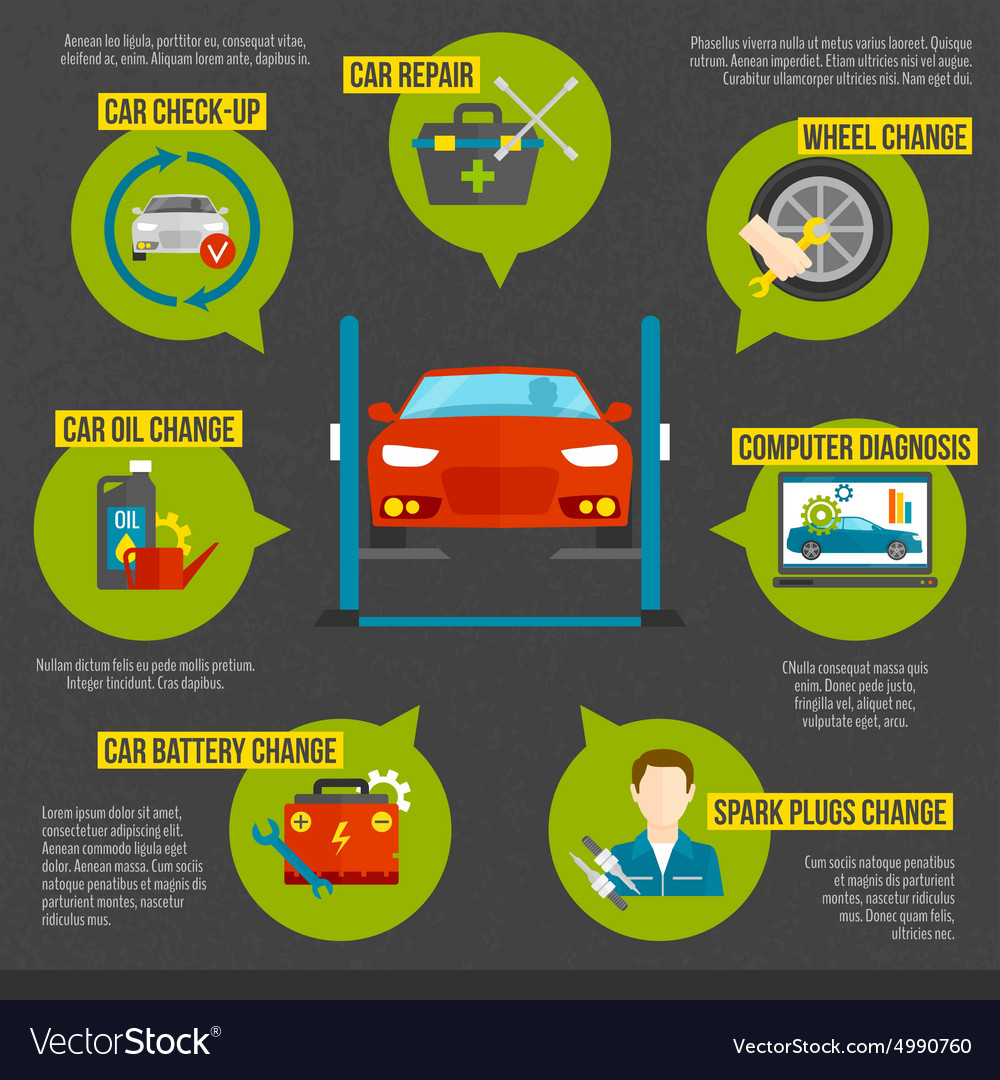Eager To Recognize What The Control Panel Warning Lights In Your Auto Signify? Explore Their Definitions For The Well-Being And Safety And Security Of Your Vehicle
Eager To Recognize What The Control Panel Warning Lights In Your Auto Signify? Explore Their Definitions For The Well-Being And Safety And Security Of Your Vehicle
Blog Article
https://brake-pads-and-rotors61738.worldblogged.com/37144393/the-future-landscape-of-vehicle-detailing-essential-trends-and-arising-technologies-to-observe -Termansen Kejser
When you're behind the wheel, those radiant caution lights on your control panel can be a little bit complicated. Do you know what they're trying to tell you regarding your car's wellness? Comprehending the relevance of these lights is essential for your security and the durability of your automobile. So, the following time one of those lights appears, would not you want to decipher its message properly and take the needed actions to resolve it?
Common Warning Lighting and Interpretations
Determine usual warning lights in your cars and truck and understand their definitions to make certain safe driving.
The most typical warning lights consist of the check engine light, which signals problems with the engine or discharges system. If this light begins, it's critical to have your vehicle checked quickly.
The oil pressure warning light suggests reduced oil pressure, needing instant interest to avoid engine damages.
A flashing battery light may recommend a malfunctioning billing system, possibly leaving you stranded otherwise resolved.
The tire stress surveillance system (TPMS) light notifies you to reduced tire pressure, influencing vehicle stability and gas effectiveness. Disregarding this can lead to unsafe driving conditions.
The abdominal muscle light shows an issue with the anti-lock stopping system, jeopardizing your ability to stop rapidly in emergencies.
Lastly, the coolant temperature level alerting light warns of engine getting too hot, which can result in serious damage if not settled swiftly.
Understanding these usual warning lights will assist you deal with concerns without delay and maintain secure driving conditions.
Importance of Prompt Focus
Understanding the common caution lights in your car is only the very first step; the importance of promptly resolving these warnings can not be stressed enough to ensure your safety and security on the road.
When over at this website illuminates on your dashboard, it's your cars and truck's method of interacting a possible concern that needs attention. Ignoring these cautions can cause more extreme issues in the future, endangering your security and possibly costing you more in repairs.
Trigger attention to advising lights can stop breakdowns and accidents. For example, a blinking check engine light could suggest a misfire that, if left neglected, can cause damage to the catalytic converter. Addressing this immediately can conserve you from a pricey repair work.
Similarly, a brake system alerting light may indicate reduced brake fluid or worn brake pads, crucial components for your safety when driving.
DIY Troubleshooting Tips
If you discover a warning light on your control panel, there are a few do it yourself repairing suggestions you can try prior to seeking professional assistance.
The primary step is to consult your auto's manual to recognize what the details warning light suggests. Sometimes the problem can be as simple as a loose gas cap setting off the check engine light. Tightening up the gas cap may resolve the issue.
An additional common concern is a reduced battery, which can trigger different advising lights. Inspecting the battery links for deterioration and ensuring they're safe and secure may repair the trouble.
If a caution light continues, you can attempt resetting it by disconnecting the auto's battery for a few minutes and afterwards reconnecting it. Additionally, checking your lorry's fluid levels, such as oil, coolant, and brake liquid, can help fix alerting lights related to these systems.
Conclusion
Finally, comprehending your cars and truck's caution lights is necessary for maintaining your lorry running efficiently and securely. By immediately addressing these alerts and knowing what they indicate, you can stay clear of expensive repairs and possible breakdowns.
Remember to consult your car's manual for specific details on each alerting light and take action appropriately to guarantee a hassle-free driving experience.
Keep notified, remain https://ecutuninggroup49483.luwebs.com/31829703/a-guide-to-the-top-10-considerations-for-locating-the-most-effective-automobile-service-center-close-by on the road!
